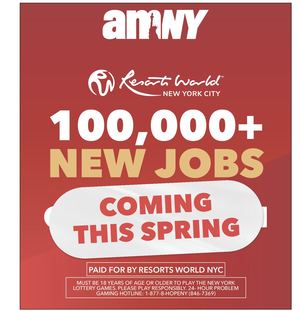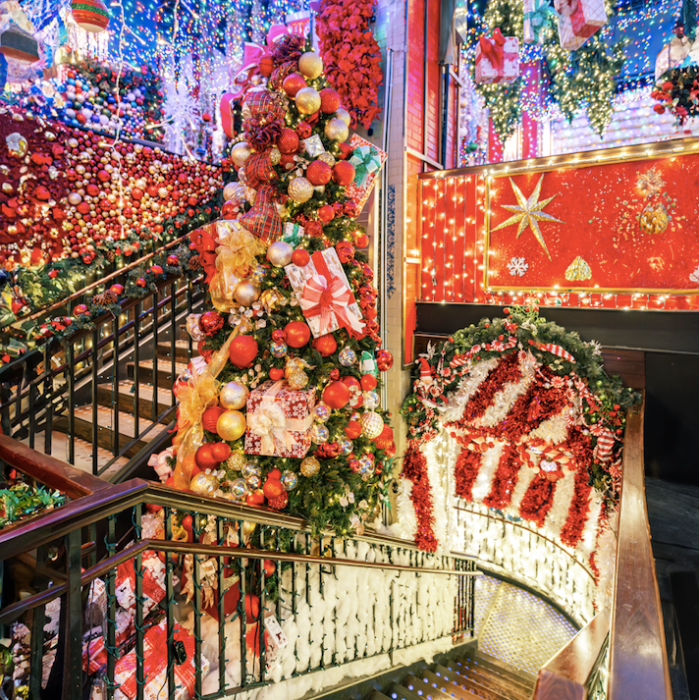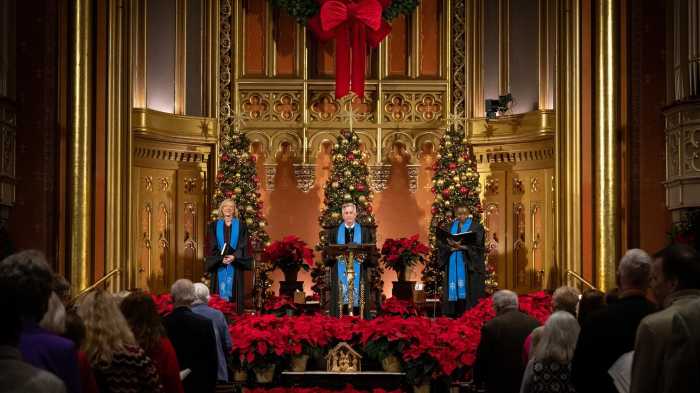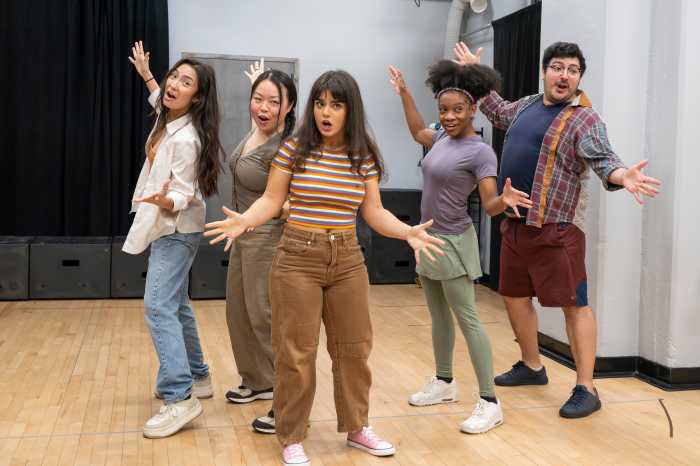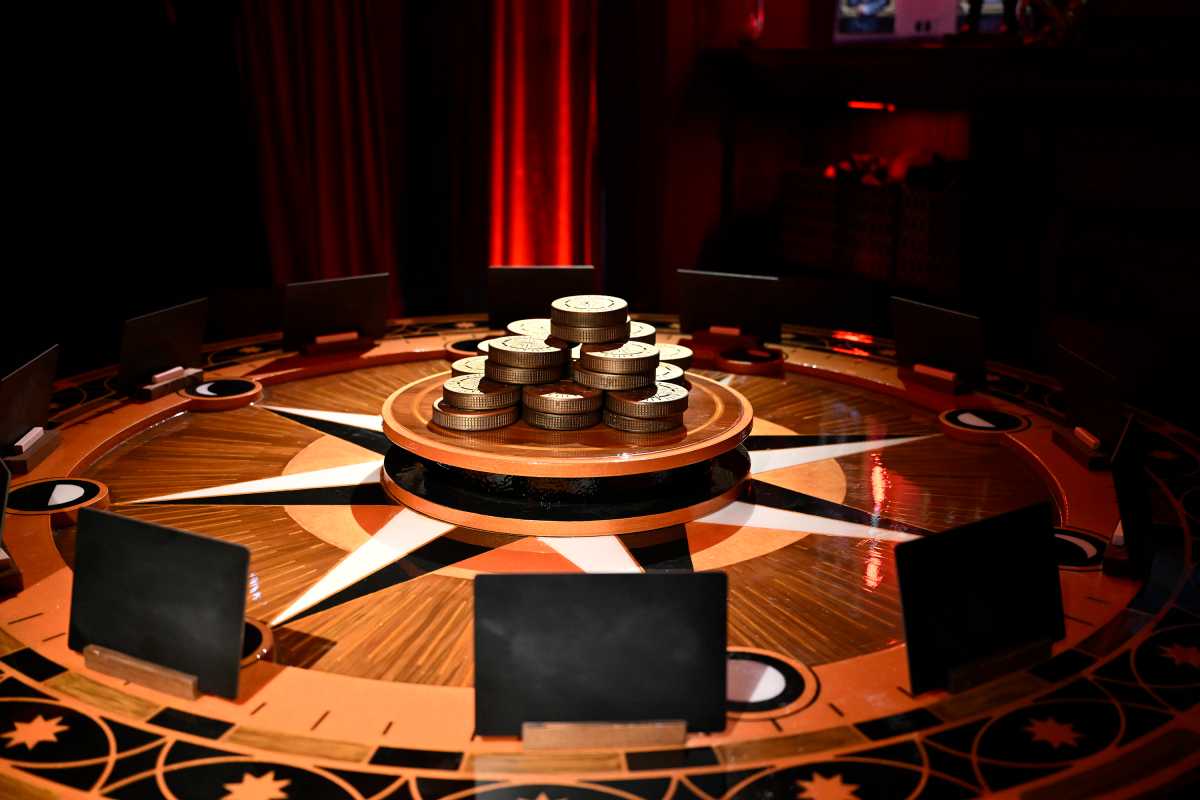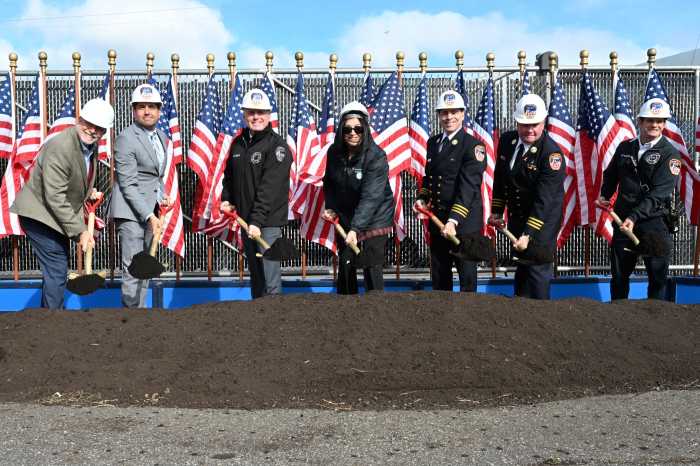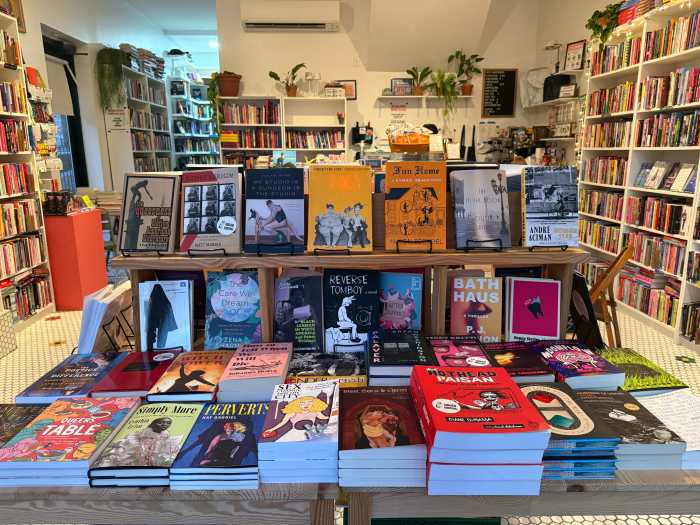By Patrick Hedlund
Sullivan St. switchover
A developer’s effort to get a zoning change to allow for commercial development along a residential block in Soho is stoking fears over what the move could mean for neighbors in the area.
The application for the zoning change by Zaccaro Realty requests to extend an existing commercial overlay to include the property at 73-75 Sullivan St., between Spring and Broome Sts. The one-story building currently at the site, which houses a bakery and since-closed pasta maker, would be razed in order to construct a five-story, mixed-use structure with commercial use on the ground floor and residential use above.
If approved by the Department of City Planning, the zoning amendment would allow a host of commercial uses on the low-rise, tree-lined block, including the possibility of a bar or nightclub.
“For example, Zaccaro is noted for repeatedly leasing to raucous bars and clubs — for instance, The Falls on Lafayette St., where Imette St. Guillen was lured to her death a couple of years ago,” said Soho Alliance Executive Director Sean Sweeney, who is also a member of Community Board 2’s Zoning and Housing Committee, which will review the application at its Oct. 8 meeting. “[Zaccaro] also permitted 75 Sullivan St., the old Ravioli Store, to be rented out to a club last year called the ‘F—k Club,’ that ruined the quality of life of the block for months until we had the city close it down.”
The conversion would also allow for restaurant use — including the possibility of a “noisy” sidewalk cafe, like the ones operating around the corner on Spring St. — “open till midnight on the quiet block, disturbing our peace, quiet and property values,” Sweeney added.
In total, the rezoning would affect an approximately 150-by-100-foot parcel, or more than 16,000 square feet.
Office equilibrium
Downtown’s office vacancy rate appears to be stabilizing as increased leasing activity has helped buck the downward-trending real estate market.
According to a third-quarter report from brokerage Jones Lang LaSalle, the vacancy rate in Lower Manhattan — which covers the office market south of Canal St., from river to river — rose very slightly since midyear, from 10.8 percent to 10.9 percent. However, the area’s Class A properties experienced an equal drop in vacancy rate, from 8.8 percent at midyear to 8.7 percent in the third quarter. Lower Manhattan’s Class B rate saw the most movement, jumping by half a percentage point since the previous quarter—from 14.3 percent at midyear to 14.8 percent currently.
This relative equilibrium could be attributed to continued decreases in average asking rents Downtown, with Class A buildings slipping 9.2 percent—from $46.21 per square foot at midyear to $41.96 in the third quarter. But rents for Class B buildings in Lower Manhattan actually managed to edge up slightly — from $37.21 per square foot at midyear to $37.31 in the third quarter.
“The increase in overall activity could indicate that tenants are feeling comfortable enough with current conditions to finally make real estate decisions,” said James Delmonte, vice president and director of research for JLL, in a statement. “It is still too early, however to determine if the market will continue toward improvement or simply stabilize.”
The vacancy rate in Midtown South—between 30th and Canal Sts., from river to river—remained unchanged from the previous quarter, staying at 11.4 percent for all property types. Average asking rents in that market fell 4.5 percent for Class A properties and 4.3 percent for Class B properties—ending the third quarter at $57.61 per square foot $43.70 per square foot, respectively.
By comparison, Midtown saw its vacancy rate drop by 1.5 percent, decreasing from 14.3 percent at midyear to 14.1 percent in the third quarter.
